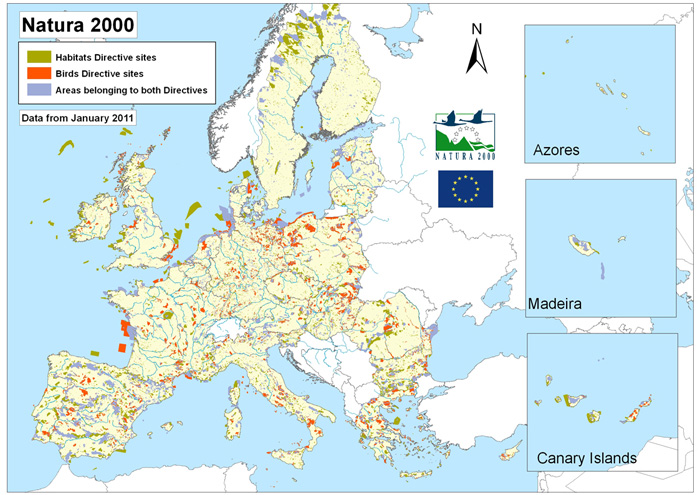Deep case studies
BESAFE carries out 12 single case studies addressing different issues areas related to biodiversity protection. This set of deep case studies covers different member states and geographical regions as well as various governance scales, stakeholder groups and their interaction. Overall, the case studies comprehensively explore the argumentation processes in the biodiversity-related policy making and provide knowledge on the transferability of arguments between the major governance levels.
Comparative case studies
Apart from the twelve deep case studies, BESAFE partners will conduct two comparative studies. The main idea behind these studies is to be able to compare different EU Member States with respect to particular WP 3 and WP 4 research questions. Comparative study “EU Biodiversity Strategy 2020 – national implementation” thus addresses the main questions of WP 3, while the study “Perceptions of biodiversity, ecosystem services and values at the national level” is concerned with WP 4 inquiry.
Implementing the Natura 2000 network, EU level, Europe

Introduction
Natura 2000 is an EU-wide network of nature protection areas established under the 1992 Habitats Directive. It also includes areas designated under the 1979 Birds Directive. The primary objective of the network is to ensure the long-term survival of Europe's most valuable and threatened species and habitats.
This case study will investigate the argumentation that has been put forward and used to establish the network and to designate the different sites that constitute the network. In a second step, the effectiveness of the arguments will be investigated. The case study enables us to demonstrate how arguments have changed over time and at different stages of the policy cycle. Importantly, it is expected that the case study can help detect scale dependent differences in the argumentation to support biodiversity through the establishment of a network of nature reserves.
Brief description of the policy problem
The following questions will be addressed: What arguments have been used to establish under Article 3 of the Habitats Directive a European-wide network of protected sites? What arguments have been used by different stakeholders to influence the process of site designation. How did the argumentation surrounding the implementation of protected sites change over time. How did the enlargement of the EU influence the designation process? What arguments are used to attract funds to manage designated sites?
Location
Europe
Governance level(s) involved
European and national
Stages in the policy cycle
The establishment of the Natura 2000 network started formally in 1992 with the adoption of the Habitats Directive. Member States and the Commission decided to hold a series of biogeographical seminars to examine proposals for site selection. These seminars were repeated after different accession rounds. On land, the Natura 2000 network is close to complete and focus is shifting to management and adequate financing, endorsed by the EU Biodiversity Strategy to 2020.
Main stakeholders involved
Important stakeholders are DG Environment and DG Agriculture of the European Commission, the Member States of the EU, conservation NGO’s and landowner associations (in particular, farmers and the forestry sector).
Partner responsible
JRC
Contact person
Joachim Maes joachim.maes [at] jrc.ec.europa.eu
Image copyright of European Commission – Directorate General Environment ©